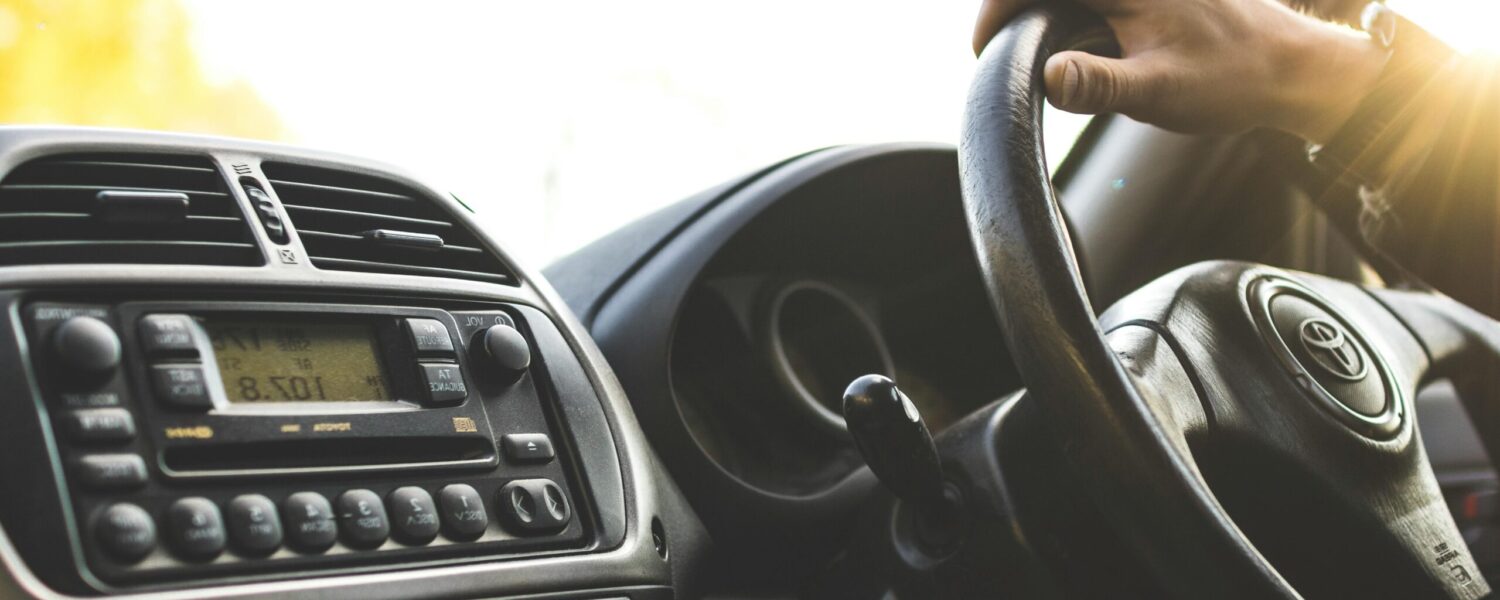Crashes caused by drivers falling asleep at the wheel typically involve vehicles running off the road or into the back of another vehicle. They tend to be high-speed crashes, because drivers do not brake before crashing, so the risk of death or serious injury occurring is greater than in other types of crashes.
If you fall asleep at the wheel you risk killing yourself, your passengers and other innocent victims.
To avoid driving when tired, read the tips below to ensure you have a safe journey.
Warning signs of fatigue
It’s important that you stop long before you get to the point of falling asleep. If you see these signs, you should stop the car where it’s safe to do so. Look out for:
- Difficulty focusing, repeated blinking or sore and heavy eyelids.
- Drifting from your lane, or hitting rumble strips.
- Repeated yawning.
- Trouble remembering the last few miles driven, or not seeing traffic signs.
Before you travel
- Plan your journey to include a 15 minute break for every two hours of driving
- Make sure you are fit to drive. Have a good night’s sleep before setting out on a long journey.
- Remember the risks if you have to get up unusually early to start your trip, or have a long drive home after a full day at work.
- Avoid consuming alcohol and drugs and remember that even some legal medicines can make you drowsy and you’re in danger of falling asleep at the wheel.
During your journey
- Take a 15 minute break for every two hours of driving.
- Share the driving if possible.
- If you start to feel sleepy find a safe place to stop (not the hard shoulder of a motorway) as soon as possible.
- Ideally you need a proper sleep but an effective emergency countermeasure to help you get to a safe place where you can get proper sleep, is the combination of two cups of strong coffee or high caffeine drink and a nap. Caffeine takes about 20 minutes to take effect. This is time for a short nap. This countermeasure should allow you to continue driving, but only for a short time. If you still feel tired, you should not continue your journey.
